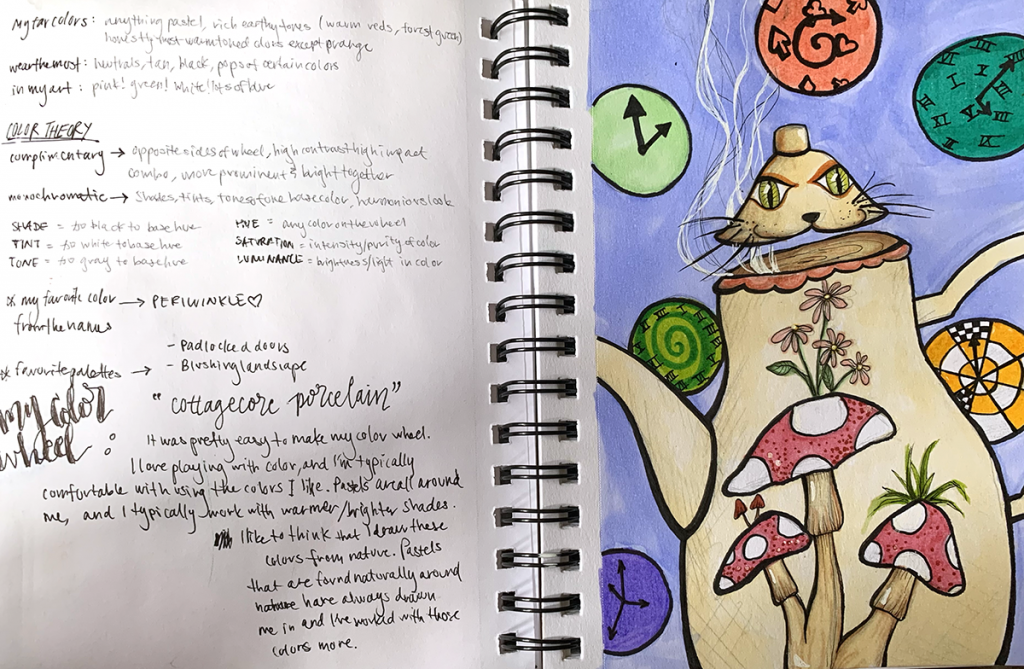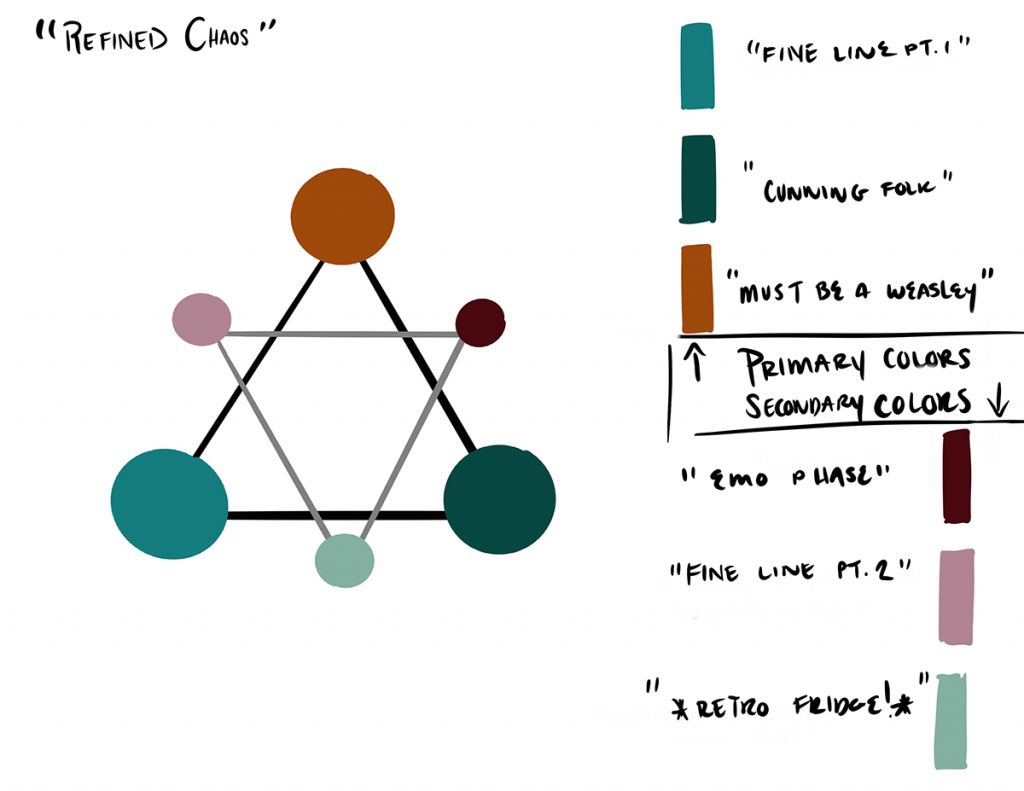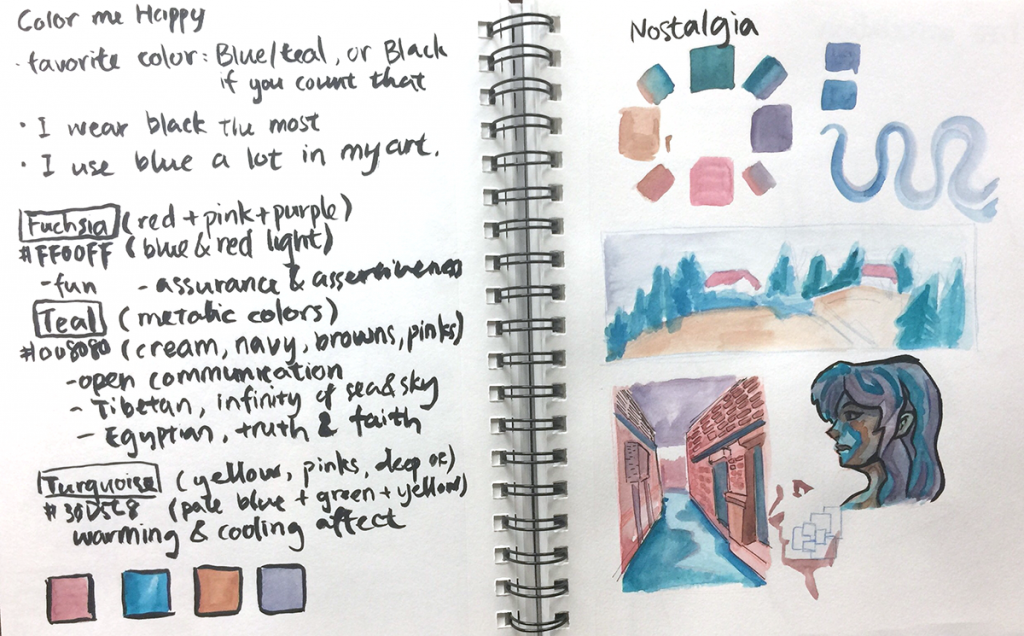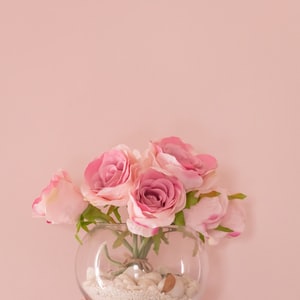4 Quick and Creative Color Theory Activities
6 min readTable of Contents
Color theory is, in simple fact, just that—a idea. Right after all, everybody activities colour in another way. What a person particular person may well call teal, a different could call blue. Both equally folks are technically accurate. Isn’t it complicated?
This confusion and interplay amongst coloration, biology, and psychology are why shade is so attention-grabbing to so many folks. There are total courses devoted to colour use in advertising and marketing and branding. There is an total field of colour psychology. Shade matching video games are all the rage on TikTok. If you question everyone of any age, what their favorite shade is, they likely have an reply for you. Mainly because shade fascinates us as humans, a great way to interact your learners is to have them clearly show how they encounter color.
Read through on for 4 swift routines that rejoice how we all experience coloration in unique methods.

But initial, why do we working experience colour in another way?
Let us briefly get into the science of color. “The human eye and mind collectively translate gentle into coloration. Light receptors within the eye transmit messages to the brain, which creates the acquainted sensations of coloration.” Light-weight mirrored off an item travels to the eye. It then passes via to the retina, which is protected with mild-receptive cells referred to as rods and cones. Considering that there are tens of millions of these cells on your retinas, the genuine quantity of cones varies from particular person to particular person. Considering the fact that everyone does not have the exact same quantity of cones, we all expertise color a little in another way.
Another explanation we practical experience color in another way is due to the fact of our cultures and environment. For instance, men and women who grew up in the 1990s say the combination of pink, teal, yellow, and purple feels nostalgic for them. This may well be simply because so numerous objects and makes employed these hues in the 1990s. Distinctive cultures and linguistic communities also have methods they categorize shade. For illustration, consider the colour crimson. In China, red is considered a lucky colour. In South Africa, it is a color of mourning. In the US economic sector, becoming “in the red” is not appealing.
Nationwide hues can also contribute to how we encounter coloration due to our society and surroundings. In the United States, the mix of crimson, white, and blue is deemed actually American. Twenty-eight other international locations also have a pink, white, and blue nationwide flag. While pink, white, and blue might mean satisfaction in the United states of america, it suggests satisfaction in staying French in France.

We may well have individual associations with hues. Perhaps your preferred aunt has pink hair, so that shade reminds you of fondness. Or, your indicate neighbor lives in a newborn-blue household, so you associate that color with dread. Potentially you discovered how to push in a scarlet minivan, so dim reds make you truly feel nostalgic and deliver you again to your teens. These private associations are difficult to predict, as they are as distinctive as each human being.
KQED has a brief nonetheless in-depth video clip that investigates what shade is and how people see and use it. Share it with your learners for a brief overview of these principles.
Now let’s learn about 4 diverse pursuits your college students can use to share how they practical experience color.
1. Build and evaluate found color wheels.
Deliver pupils with a great deal of collage products and a agency circular floor to which they can attach their collages. Problem students to develop their coloration wheel with found colors from magazines, calendars, and advertisements. Display how you can glimpse at photographs and locate particular shades instead than focusing on the photograph as a entire. College students may reduce or tear out their shades and adhere them to their surfaces. For a lot more of a challenge, have pupils use a gradient so just about every coloration transitions into yet another alternatively of obtaining every single color in a different “slice” of the wheel. At the time learners complete, have pupils sort small groups and review their shade wheels.
Check with students to examine the adhering to issues as a small team:
- How are your color wheels the exact?
- How are your colour wheels distinctive?
- Which color was the most straightforward for you to uncover? Why do you feel so?
- Which coloration was the hardest for you to come across? Why do you think so?
2. Faucet into emotions with a shade mixing challenge.
Have you at any time questioned what a “melancholy red” or a “joyful teal” appears like? Request your students! Put together a record of ten feelings. Learners will use a medium that can conveniently blend colors (such as paint or oil pastel) to create their custom coloration response to each and every emotion.

As soon as pupils are finished mixing, have them fulfill as a compact team to talk about the following queries:
- On the lookout at just about every emotion a person at a time, which shade reaction is the most related out of your group?
- On the lookout at each emotion one particular at a time, which color response is the most special in your group?
- How did you use tint, shade, and tone to create this coloration reaction?
- What associations do you have with this color to tie it to the provided emotion?
- Which shade response was the most shocking to you? Why?
- Which emotion was the most tough to depict in color? How so?
3. Get outside for a color mixing problem.
Each individual university student will grab some scrap watercolor paper and palette, a drinking water cup, a thing to compose with, and a brush. Pair learners jointly and go outside the house! Challenge them to opt for at least five various colours they can see. Learners combine watercolors to match the five colours they noticed. For every swatch, students generate down how they blended the precise color. As an extra obstacle, college students can exam one one more. One particular pupil shares the swatch of shade they designed, and their partner can consider to blend the same colour.
Test out this entertaining color mixing match if your learners can’t get enough colour mixing.
4. Opt for a signature color.
Each and every yr, Pantone chooses a Colour of the 12 months. So why should not your college students? Prompt learners to find their signature color. Remind students it does not have to be their favored color. Probably it is their “go-to” coloration for outfits or the tube of paint they attain for most usually. They can use conventional materials to locate this shade or on line tools like Canva’s Colour Palette Generator or Google’s Shade Picker. When they settle on a coloration, college students analysis what the color (or equivalent shades) signifies in distinctive contexts. Finally, prompt them to publish a short clarification about how they made the decision on their color, what they uncovered about it, and why it is “their” shade.

The intricacies and individuality of how just about every human being interacts with and activities colour are intriguing. Mastering how and why you feel certain ways about unique colours can unlock extra details about you and the entire world around you. Share with pupils how shade concept is a lot more than just a colour mixing equation. Empower your pupils to get ownership of their artmaking by diving deeper into shade principle with these four quick functions.
For far more a person-day art lesson ideas, examine out this compilation.
Do you want to immerse your self in colour idea? Verify out our FLEX and Professional means underneath:
How do you increase over and above the conventional color wheel with your students?
Which of the earlier mentioned activities will be the most prosperous for your learners?




